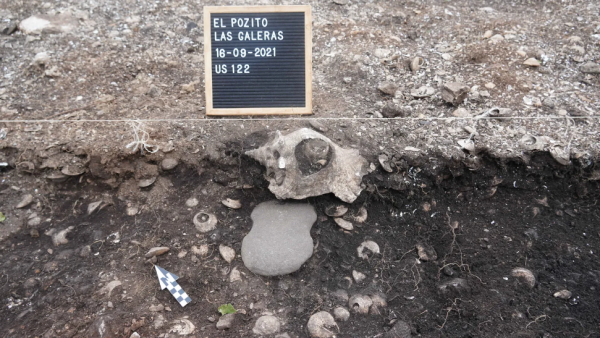
A recent report by BBC Travel has insights into the lost civilizations and on the early settlers of the Caribbean. The story by Erin Levi explains that chroniclers of the time say that when Columbus arrived in the 15th Century he met with the Taino indians. The new discovery could provide evidence that other peoples, the Archaic people, had already been living in the Caribbean for several thousand years.
BBC reports on a team of Italian and Dominican researchers under Alfredo Coppa from the Sapienza University of Rome and investigators from Santo Domingo’s Museo del Hombre Dominicano that uncovered an important archaeological site in northeastern Samana. They found a trove of polished stone hammers, pestles and axes used by the early Indians in an uninhabited area east of Las Galeras. The evidence shows the first settlers practiced agriculture and basket-wearing and were more sedentary than survivalist. The new discoveries at the El Pozito in norteastern Samana show these first settlers were more skilled than archaeologists historically have thought.
Anthropologists have the theory that the Caribbean islands were a center for trade and cultural exchange; a maritime Silk Road. BBC reports that scientists have believed that the Archaic people were either ancestors to or mixed with the Taíno, yet recent DNA analysis now tells us that the first settlers were genetically distinct, despite evidence that the two groups coexisted for centuries.
The BBC report highlights that this has surprised experts. “When two groups meet you usually find mixture. It’s almost entirely absent from the Caribbean and we are wondering why that is,” said Dr Kathrin Nägele, a Caribbean-specialized archaeogeneticist from the Max Planck Institute, who pioneered a study on ancient Caribbean genomics published in Science in 2020.
The study was the first time ancient Caribbean human genomes were successfully sequenced, thanks to a breakthrough in DNA retrieval. While hundreds of Taíno skeletons have been analysed so far, only 55 Archaic Age genomes have been sequenced: 52 from Cuba and three from the Dominican Republic.
The author highlights that therein lies the importance of the present finding. “Coppa is hoping to find a necropolis at El Pozito, where he may be able to source the inch-long bone they’re searching for – the skull’s petrous bone, which protects the inner ear – that is the best source of preserved DNA. It may explain who the Archaic peoples were related to and what happened to them; if they mixed with Ceramic Age groups, Europeans, died out or disappeared,” concludes the BBC writer Erin Levi.
Read more:
BBC
24 March 2022

